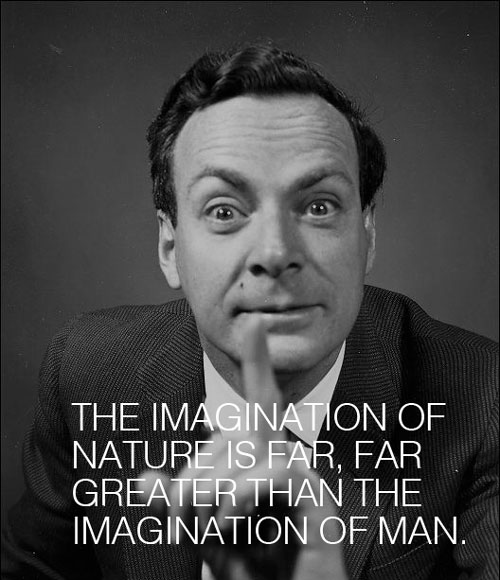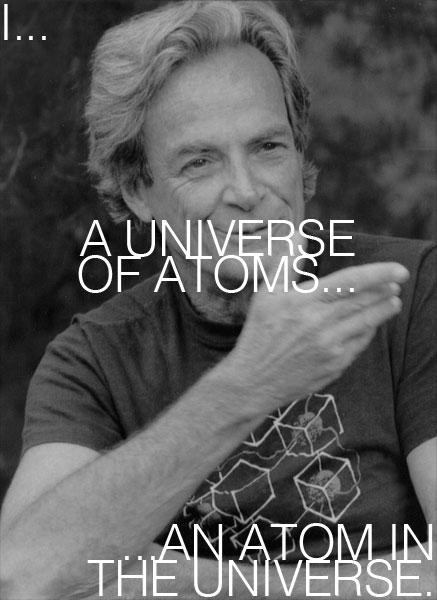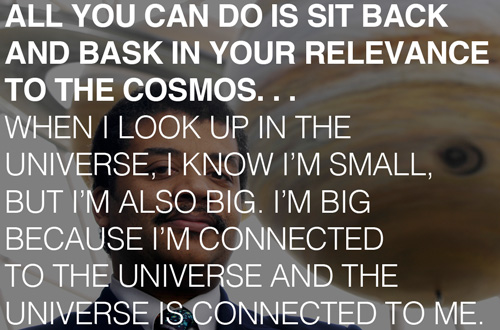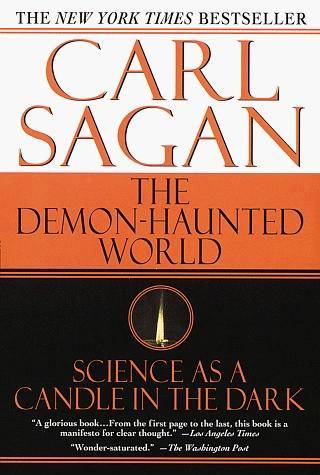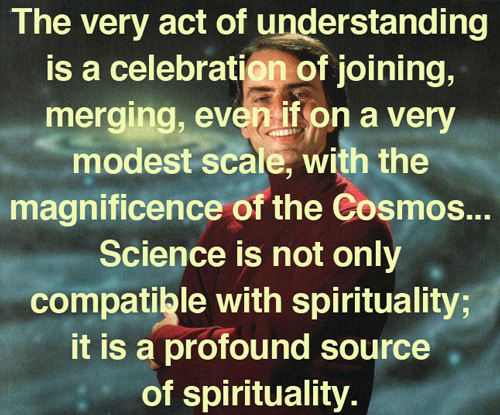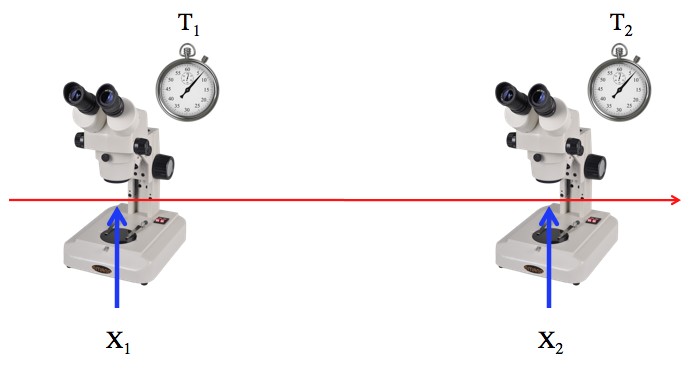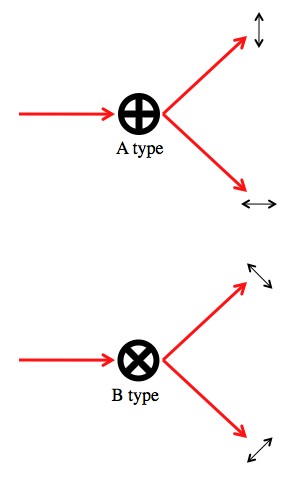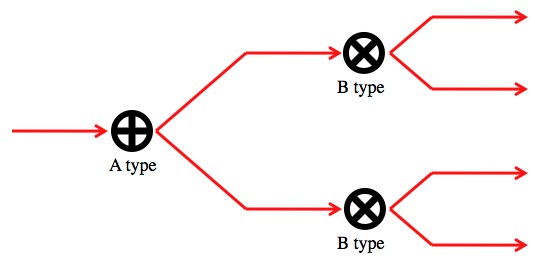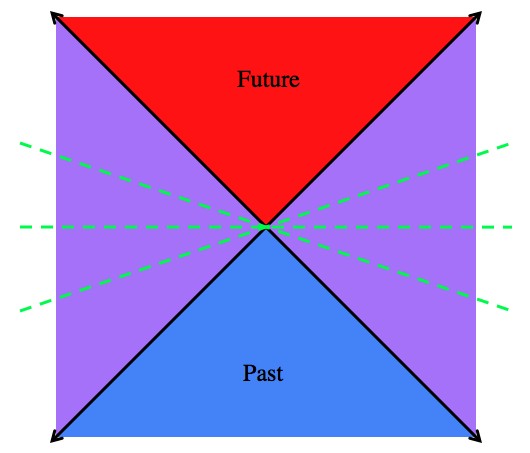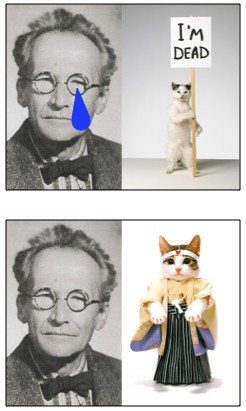by Steve Neumann
I believe that this educational process has two sides — one psychological and one sociological; and that neither can be subordinated to the other or neglected without evil results following. — John Dewey,
My Pedagogic CreedBloggers Libby Anne and Dan Fincke have been doing a very interesting weekly roundup over at Patheos called Forward Thinking: A Values Development Project, and this week’s
topic is: What is the purpose of public education?
In writing my
RS post for last week, I came across an
article by John Tierney critiquing the reigning “corporate education reform” paradigm in American public education. His essay was geared more towards the merits and demerits of specific educational policies; but I’d like to explore a more meta-view of the nature and role of education in general.
I. Socrates on the Shape of State and Soul
Plato presents us with an extensive, contentious and, at times, perplexing treatment of the ideal city-state in his
Republic. Plato has Socrates engage in a general discussion of justice, and whether or not it’s always conducive to one’s happiness (i.e., eudaimonia) to live justly rather than unjustly; and he also explores whether or not a just city is always happier than an unjust one. But what interests me most is his taxonomy of the human soul, in which he distinguishes the parts of reason, spirit, and appetite. He further distinguishes between people ruled by reason, spirit, or appetite. The idea of justice within the soul (i.e., the personality) translates into the just ordering of these various parts, with the rational, wisdom-loving part directing the aims of all the other potentially unruly parts.
So if I were to distill Plato’s rambling tome into a single concept (which is impossible, really; but humor me) for our purposes, it would be this: the goal of public education is to achieve a unity across society by creating a unity within the individual. A good person, a “virtuous” person, makes herself into a unity; and a city is also made good or virtuous by being made into a unity. At the societal level, achieving a unity would include having each citizen achieve optimum performance in their assigned function (while at the same time accepting this assigned role); at the individual level, each citizen would achieve maximal contentment in their assigned role: for example, those charged with animal husbandry would find their maximal fulfilment in that work, the cobbler in his, the farmer in his, and so forth. I say “assigned” roles because Plato had some very definite ideas about who should do what and why.
Plato also introduces his famous
allegory of the cave in the Republic. In the interest of concision, let’s say that the most salient point of this allegory is that the goal of education is to turn the citizens of the city-state toward the best desires. What are the best desires? Well, you have to ask the philosophers for that. But let’s agree with Plato, for the sake of argument, that the philosophers do know what the best desires are, and how to acquire them. In fairness to Plato, he does show that the philosopher-class would undergo a rigorous intellectual and physical education themselves, presumably making them uniquely adept at identifying and communicating the nature of the best desires.
But I don’t intend to discuss the pros and cons of the means to these ends. That would involve voluminous footnotes to the “
footnotes to Plato.” And clearly, in our modern society, there isn’t widespread agreement on what the best desires are. In this post, I'd like to focus instead on what seems to me to be the biggest issue: the fact that public education embodies the difficulty of balancing Public Value and Private Value.
II. Public Value vs. Private Value
There seems to me to be two (potentially conflicting) goals of modern education: one whose end is some repertoire of skills or body of knowledge designed to make the individual a productive member of society (for economic and/or cultural value); another one whose end is the cultivation of some innate talent or talents for the benefit of the flourishing (eudaimonia) of the individual herself. In other words, Public Value versus Private Value. I think the Public Value aspect of education is unambiguous and uncontroversial, and is the dominant paradigm: society has a vested interest in producing economically and culturally productive individuals who are also moral. But I think the more interesting question is what constitutes Private Value.
One of the major things we moderns share with Plato is the claim that human beings are not blank slates. Of course, Plato’s
idea of human nature is much different than our current naturalistic take on it. But the reasons for our nature being the way it is are really irrelevant to our discussion here. It suffices to point out that there is a repository of shared behaviors that most human beings display to varying degrees. It’s this range of behaviors that enables us to live together in relative harmony under our current social system; that is, our formal criminal justice system as well as our informal system of reward and punishment that’s played out in innumerable interpersonal interactions every day. We rely on the relatively consistent predictability of our shared human nature. It’s arguably the linchpin of civil society.
However, even though we all share a common human nature, there is still a lot of room for individuality, and it’s this uniqueness that presents the biggest problem for those who focus on the Private Value of education. While the American Declaration of Independence states that all human beings are created equal, and that this is a self-evident truth, I think it’s painfully obvious that this is false. Whether or not human beings are deserving of equal rights is a different matter, and not one I want to discuss here. I’m more concerned with the Private Value aspect of public education, so I want to discuss the nature of talent in light of this.
III. On Reaching the T.O.P.
I said above that one goal of education is to effect the flourishing (eudaimonia) of the individual. In connection with this, we can cite John Rawls’
Aristotelian principle, which says that, other things being equal, individuals enjoy the exercise of their realized capacities (their innate and trained abilities); and this enjoyment increases the more this capacity is realized, or the greater its complexity. Though Rawls combines both innate and trained abilities in his description of realized capacities, I think they actually deserve to be separated, owing to their distinct attributes, and because I think there is a pervasive and significant confusion in our society about the differences between skills, knowledge and talent.
Rawls does, however, distinguish between “innate” and “trained” abilities. For my purposes, I define these terms in a manner similar to the way in which they’re outlined in the management development book
First, Break All the Rules, where skills are trained (i.e., acquired) conceptual and physical abilities; knowledge is the accumulated information and experience that gets stored in memory; and talent is “a recurring pattern of thought, feeling or behavior that can be productively applied.” Here’s a little more from author and business consultant Marcus Buckingham:
Your talents, they say, are the behaviors you find yourself doing often. You have a mental filter that sifts through your world, forcing you to pay attention to some stimuli, while others slip past you, unnoticed. Your instinctive ability to remember names, rather than just faces, is a talent. Your need to alphabetize your spice rack and color code your wardrobe is a talent. So is your love of crossword puzzles, or your fascination with risk, or your impatience. Any recurring patterns of behavior that can be productively applied are talents.In other words, talents can’t be taught; they are the result of the confluence of genetic and experiential factors. However, they can be amplified; and this amplification involves the proper combination and arrangement of one’s skills and knowledge. Or, in Plato-speak, the just or judicious ordering of these aspects — and that’s where education comes in. But more on that in a bit. I would just clarify that the productive application of one’s recurring patterns of thought and behavior extends to one’s eudaimonistic project as well, and not just to one’s deposit into the account of Public Value.
Talents are the raw materials one uses to build one’s eudaimonistic project. They can be amplified by supplementing them with complementary acquired skills and accumulated knowledge, and their harmonious arrangement is the essence of this project. This is what I think of as, following Plato, achieving a “unity” within the individual soul: the rational harnessing of as many talents, properly construed, as possible, which should lead to the achievement of happiness (eudaimonia) for the individual. But how is such a project possible? Without getting into the details of specific educational theories or curricula — since I said I want to explore a meta-view of the topic of public education — we can employ a handy little acronym: T.O.P., which stands for Talent, Opportunity and Practice: one needs to identify one’s raw Talents; have the Opportunity to Practice or refine them; and then also have a chance to put them into Practice.
Though an unusually introspective but objective person may be able to identify her innate talents through a process of rational reflection, or discover them haphazardly in the process of living her life, I think for most people the identification or discovery of one’s talents, and their potential applications, requires direct education. I say “direct” education because I want to imply the need for a “teacher” of some sort, as opposed to the education one gets from the School of Hard Knocks, as they say.
The notion of Opportunity is really more of a political issue than an educational one, because it involves more of the specific laws (or lack of laws) prevalent in one’s society. And even though I’m concerned in this post with education, it’s Opportunity that is probably the most important one: what good is cultivating one’s talents if one never gets the opportunity to practice or exercise them?
The notion of Practice, while it involves the notion of Opportunity, is more properly an educational issue: not only does a teacher educate one about one’s talents, she also directs the practice of those talents, determining which practices are the most valuable. Additionally, a good teacher can also expand one’s horizons to include applications for one’s talents that one might not have imagined were possible. It’s this stretching of one’s abilities that I think speaks to Rawls’ claim that an increased complexity contributes to the enjoyment of one’s eudaimonistic project.
One of the goals, and possibly the main goal, of an individual’s eudaimonistic project is to find
meaningful work. One’s work is both the satisfaction of one’s basic needs (i.e., food, clothing, shelter, etc.) and the potential realization of one’s innate and trained capacities. And if one can find meaningful work, then one can also simultaneously satisfy the twin demands of Public Value and Private Value.
In contrast to the still relatively primitive economy of Plato’s time, our modern economy possesses a breadth and depth that is capable of accommodating a diverse array of amplified talents. And, also in contrast to Plato’s time, the route to maximal happiness for the individual needn’t involve resigning oneself to one’s assigned role. But the realization of this state of being would most likely fall to our educators, whomever they may be.
IV. Who Are Our Educators?
Plato felt that the philosophers, being properly educated themselves, would be the best educators, because they know what is good for humanity, knowing what Goodness itself is. Consequently, they would turn the citizens toward the best desires, which, for Plato, means a love of ultimate truth and a life ruled by pure knowledge. And, therefore, everyone would live happily ever after, living a good human life because they would then possess unified souls dedicated to the aforementioned values.
Plato’s utopian vision has been roundly criticized, with some critics warning that his ideal would lead to a totalitarian state. It’s true that he presents us with a derogatory view of democracy, primarily because it is under that kind of government that all endeavors are esteemed or at least recognized as equally valuable or worthy of pursuit; and this, it is believed, would lead to chaos and vice. I can’t say Plato is completely wrong on this count; but I also can’t say he’s necessarily right, either. Modern democracy certainly has its problems and periodic all-out crises, but it certainly seems to me to be the best system we humans have been able to devise thus far in our history. I say this because it is precisely the fact that a democracy does allow for the deepest and widest possible array of projects that it is valuable.
But, as I alluded to before, our educators can be either direct or indirect. Indirect educators can be family members, sports figures, cultural icons, peers, or anyone else we esteem and desire to emulate. Direct educators are the teachers we encounter throughout secondary and postsecondary school: they instruct us in the particulars of the various subjects we’re interested in, but may also, at the same time, challenge us and guide us toward the discovery of our most durable talents and their realization in our unified, eudaimonistic undertakings — and, hopefully, to the realization that contributing to the happiness of society is essential to realizing our own happiness.
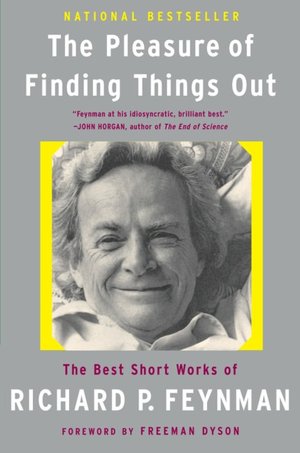 “Everyone’s moral behavior is much more variable than any of us would have initially predicted,” psychology researchers David DeSteno and Piercarlo Valdesolo wrote in their fascinating exploration of the good and evil in all of us, and hardly is this variability more critical than in matters that profoundly affect not merely the fate of the individual but also the future of society at large. In The Pleasure of Finding Things Out: The Best Short Works of Richard P. Feynman (public library) — the same indispensable anthology that gave us The Great Explainer’s insights on the universal responsibility of scientists and the role of scientific culture in modern society, titled after the famous film of the same name — Richard Feynman explores the capacity of science to be a catalyst for both good and evil, and the moral choices steering the direction of the dial:
“Everyone’s moral behavior is much more variable than any of us would have initially predicted,” psychology researchers David DeSteno and Piercarlo Valdesolo wrote in their fascinating exploration of the good and evil in all of us, and hardly is this variability more critical than in matters that profoundly affect not merely the fate of the individual but also the future of society at large. In The Pleasure of Finding Things Out: The Best Short Works of Richard P. Feynman (public library) — the same indispensable anthology that gave us The Great Explainer’s insights on the universal responsibility of scientists and the role of scientific culture in modern society, titled after the famous film of the same name — Richard Feynman explores the capacity of science to be a catalyst for both good and evil, and the moral choices steering the direction of the dial:![]()
 Brain Pickings has a free weekly newsletter. It comes out on Sundays and offers the week’s best articles. Here’s what to expect. Like? Sign up.
Brain Pickings has a free weekly newsletter. It comes out on Sundays and offers the week’s best articles. Here’s what to expect. Like? Sign up. 
